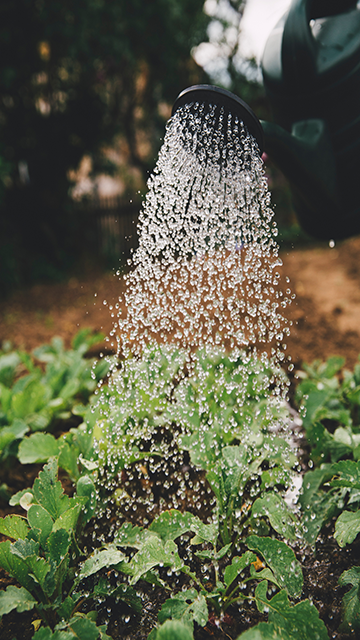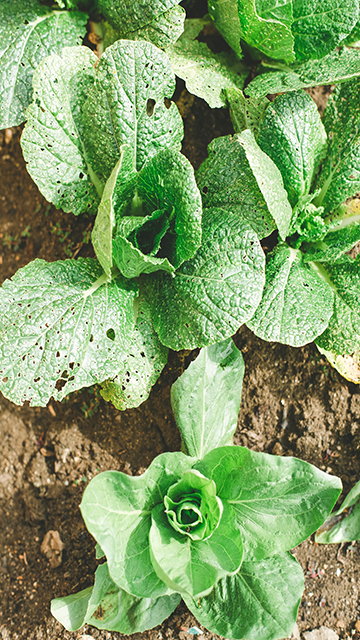Water Scarcity Trends in Agriculture
September 28th, 2020
As water use has continued to increase steadily around the world, clean water availability has begun to decrease. As our friends at AQUAOSO point out in their article, this troubling trend is leading towards a likely future of increased water scarcity in agriculture.
The scarcity of water represents a real risk for all players in the Ag market. Farmers will experience this challenge by needing to implement more water recycling, better trading and banking, smart water markets and efficient infrastructure to maintain water access. These demands are costly and require serious time investments, but do not guarantee they will fix the issue.
Agricultural productivity in many areas may begin to decline, increasingly limited by seasonal water availability. This may eventually lead to a reduced number of farm owners.
Regions of High Water Scarcity

A map created by Bill Rankin, using information from the United States Department of Agriculture (USDA), shows California, Illinois and Indiana as states with the most profitable farms. And a report by Black Rock Investment Institute estimates that by 2030 large portions of California, Illinois and Indiana will have higher demands for water than what is available.
Access to water will likely be a limiting factor on the agricultural activities an area can sustain — such as almonds in California, consuming 40 gallons per almond. Additionally, policy changes may divert water away from agricultural lands to supply commercial and residential properties; this will be especially prevalent in areas of California because of the push to recharge the aquifers.
The Sustainable Groundwater Management Act (SGMA) has redefined the way California will assess the maximum amount of groundwater that can be withdrawn. AQUAOSO partnered with ASFMRA to produce a free water map to assist communities in identifying and monitoring their water risks.
Trends in Agribusiness
Many farmers already struggle to make a living from their farms.
- 50% of farms have sales of less than $10,000 per year, which accounts for 1% of the total national agricultural production in the U.S.
- 4% of farms have sales of more than $1,000,000, which accounts for 66% of the total national agricultural production in the U.S.

This trend will likely continue as production costs increase with the changing environment. Many farmers in the $10,000 or less range supplement their income by non-agricultural means, and only 2% of the United States’ workforce is in agriculture, compared to 70% in 1840.
As water stress grows, many smaller farms simply won’t have the capacity to spend capital on improving water efficiency. Other farmers will want to continue to stay in agriculture, and meet the water challenges by making investments in their land.
Access to reliable loans at competitive rates is one of the ways farmers can adapt to the increasing water scarcity in agriculture.
We Are Only a Phone Call Away
Community West Bank fulfills the financing needs of our agricultural and agribusiness clients with Farmer Mac mortgage loans for land acquisition, loans to refinance existing debt and financing for capital improvements.
For information about available funding for land acquisitions, refinancing, or other lending options for agricultural projects, please contact us to get started.
